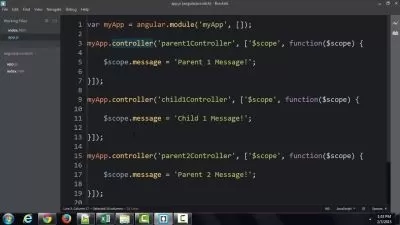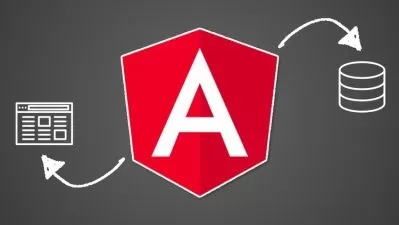Securing Angular Apps with OpenID Connect and OAuth 2
Brian Noyes
3:10:50
Description
OpenID Connect and OAuth 2 allow your apps to use modern security protocols and to participate in a Single Sign-on (SSO) experience across multiple apps. This course will show you how to authenticate users and authorize access in your Angular apps.
What You'll Learn?
Securing your Angular apps with modern, interoperable security protocols helps you ensure your apps are secure, and that they can participate in a Single Sign-on (SSO) experience across multiple apps that use the same identity provider. In this course, Securing Angular Apps with OpenID and OAuth 2, you will learn how to apply the OpenID Connect and OAuth 2 protocols to authenticate users and authorize their access to functionality and data in your apps. First, you will explore the security fundamentals and concepts you need to be aware of for Angular apps. Next, you will discover how to connect to your OpenID Connect identity provider for authentication. Lastly, you will successfully use and manage your OAuth 2 access tokens for authorization. When you are finished with this course, you will have a solid foundation for building your Angular apps with robust security and done in a way that lets you integrate with any OpenID Connect and OAuth 2 identity provider.
More details
User Reviews
Rating
Brian Noyes
Instructor's Courses
Pluralsight
View courses Pluralsight- language english
- Training sessions 58
- duration 3:10:50
- level average
- Release Date 2023/12/15










